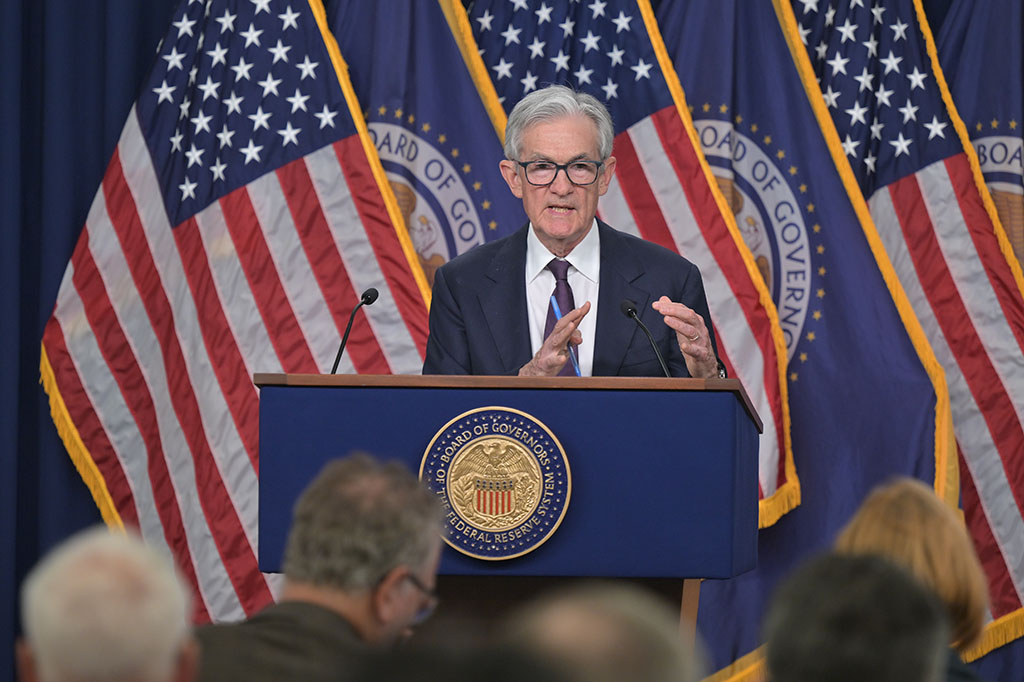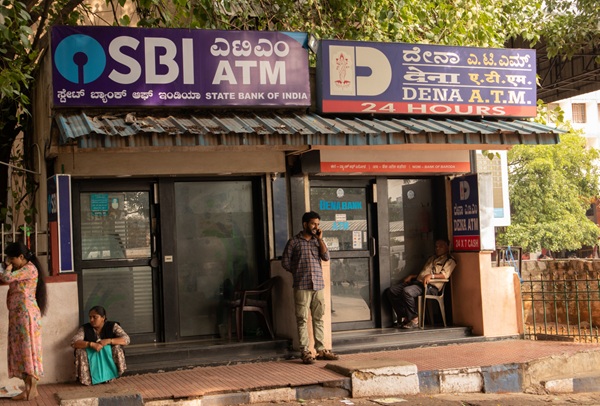.png)
Private Credit Is Completing India’s Financial Architecture
Private credit funds are fast becoming India’s third pillar of capital—flexible, disciplined, and the quiet architects of its next growth cycle.


Chandrika Soyantar is Founding Partner at Amarisa Capital. An investment banker with over three decades experience, she has managed the entire range of investment banking services
October 30, 2025 at 6:32 AM IST
Private credit used to sound like an exotic species in India’s financial ecosystem. Now it’s an integral part of the landscape Globally, the market crossed $2 trillion in 2024 and could hit $3 trillion by 2028. India isn’t far behind. In the first half of 2025 alone, private-credit deployment touched $9 billion, helped by one giant transaction, but still signalling a shift too large to dismiss.
The old pecking order of capital is being redrawn.
Picture India’s credit economy as ₹100 of total debt. Banks still lend about ₹60. NBFCs add another ₹20. The remaining ₹20 comes from capital markets, fintechs, and private pools. Within that sliver, roughly ₹1 to ₹1.5 now flows through private-credit funds—a tiny fraction that punches far above its weight.
These funds look like private equity but behave like lenders. They raise committed capital from pension funds, insurers, and family offices. They lend directly to firms, structuring bespoke loans that trade flexibility for oversight. They don’t take deposits or trade on exchanges; they negotiate every rupee and monitor every covenant. It’s debt with a conscience—and a calculator.
The appeal lies in the gap they fill. Banks face capital ceilings and compliance drag; NBFCs grapple with tighter funding norms; capital markets prefer top-rated issuers. That leaves a wide middle—mid-sized manufacturers, infrastructure developers, and stressed but solvent promoters—seeking money with patience. Private-credit funds walk straight into that vacuum, supplying negotiated capital where others see noise.
The Shapoorji Pallonji Signal
The macroeconomic backdrop helps. With inflation is below 3%, growth holds near 6.5%, and easing liquidity, India now offers that rare combination of governance, growth, and rule of law—yield with comfort. No wonder domestic names like Avendus, Alpha Alternatives, Aditya Birla, and InCred are rushing to raise new vehicles.
Discipline by Design
The risks are real. The segment remains young and opaque; liquidity is thin; legal recovery can still drag. The global experience offers both inspiration and caution. In the US, defaults at firms like First Brands and Tricolor prompted warnings from JP Morgan about hidden exposures. Regulators there now watch leverage and opacity closely. India would be wise to get ahead of that curve before headlines do.
Policy Plays Part
To its credit, policy is keeping pace. SEBI’s 2025 amendments now let Category II AIFs to invest in listed but lower-rated listed debt, effectively treating it as unlisted, expanding the investable universe. Co-investment rules align fund managers with investors. Tax clarity has ended the ambiguity over capital gains, while the RBI has drawn exposure caps for banks and NBFCs investing in AIFs. The result: supervision without suffocation.
What began as opportunistic lending is fast becoming institutional finance. Private-credit funds are now India’s third pillar of capital—after banks and NBFCs—linking global savings to domestic enterprise. They deepen intermediation without straining public balance sheets, and they make the system more three-dimensional: markets bring liquidity, banks bring scale, and private credit brings structure.
The next test is maturity. As more global investors join the party, credibility will matter more than yield. The winners will be those who lend slowly, disclose fully, and govern tightly.
Private credit has quietly become India’s new banker—less visible, more vigilant, and perhaps the most grown-up capital in the room.



